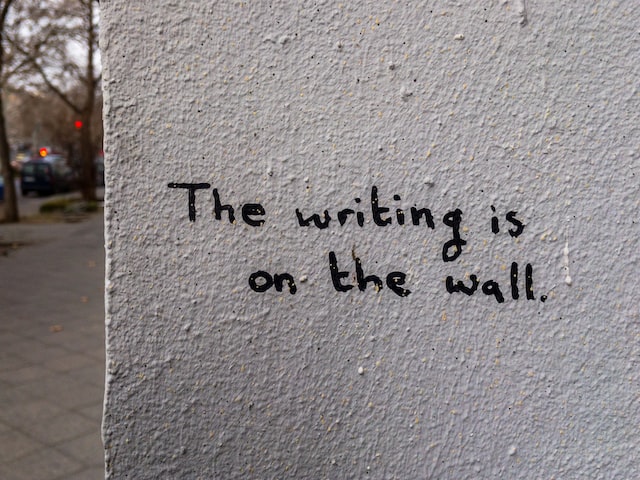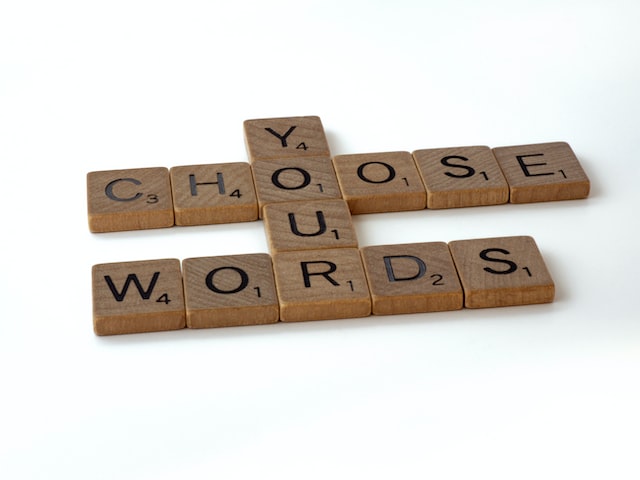Literal language is intended to be taken exactly as it is written or spoken, whereas figurative language is intended to create an image or a comparison in the mind of the reader or listener. Metaphors, similes, and idioms are examples of figurative language that are not meant to be taken literally.
What is literal language?
Literal language is the language that means exactly what it says. For example, if you say, “I’m starving,” literal language would mean that you are literally starving and need food.
What are literal words?
Literal words are those that mean exactly what they say. They are the opposite of figurative words, which are words that convey a meaning other than their literal meaning.
How do you speak literally?
When you speak literally, you mean exactly what you say. You use words in their conventional and customary way. For example, if you say “I’m thirsty,” you need a drink. If you say “I’m hungry,” you need food.
What is figurative language?
(Photo by Randy Tarampi on Unsplash )

Figurative language is a tool that writers use to create imagery, express emotions, and add depth to their writing. Figurative language includes literary devices such as similes, metaphors, personification, and hyperbole.
Similes and metaphor are two types of figurative language that compare two unlike things. A simile uses the words “like” or “as” to make the comparison, while a metaphor does not use these words. An example of a simile would be, “She was as fast as a cheetah.” An example of a metaphor would be, “He had a heart of stone.”
Personification is another type of figurative language that gives human characteristics to non-human objects or ideas. An example of personification would be, “The wind was howling for hours this morning.”
Hyperbole is an exaggeration used for emphasis or effect. An example of hyperbole would be, “I have told you a million times not to do that!”
Figurative language can be used in both fiction and nonfiction writing to create more interesting and engaging text.
Examples of literal and figurative language
Literal language examples:
- “The sky is blue.” – The sky is literally the color blue.
- “She ate an apple.” – She consumed an apple by mouth.
- “The car drove down the street.” – The car moved on the street in a forward direction.
Figurative language examples:
- “The sky is the limit.” – This means there is no limit to what one can achieve, it is not literal, the sky doesn’t have a limit.
- “She had a heart of stone.” – This means that she was unemotional or unfeeling, it is not literal, a person doesn’t have a heart made of stone.
- “He is a snake in the grass.” – This means that he is deceitful or untrustworthy, it is not literal, a person is not a snake hiding in the grass.
Literal and Figurative language – The difference
Literal language is defined as words and phrases that mean exactly what they say. Figurative language, on the other hand, uses words and phrases to create images and meanings that are not literally true.
One of the most common examples of literal language is fact-based writing, such as news articles or scientific reports. In these cases, writers use literal language to convey information as clearly and accurately as possible.
Figurative language, on the other hand, often employs literary devices like metaphors and similes to create an emotional impact or to paint a picture in the reader’s mind. For instance, a writer might describe a character’s eyes as “cold as ice.” This phrase is not literally true, but it conveys the character’s emotionless state more effectively than if the writer had simply said “the character’s eyes were emotionless.”
When to use literal or figurative language
When it comes to deciding whether to use literal or figurative language, there are no hard and fast rules. Ultimately, it depends on your audience and your purpose for writing. That said, here are a few general guidelines:
If you want to communicate concrete facts or information, it’s best to stick with literal language. This will help ensure that your readers understand exactly what you’re trying to say.
On the other hand, if you’re trying to be more creative or evoke an emotional response, figurative language can be a powerful tool. Using metaphors, similes, and other figures of speech can make your writing more engaging and memorable.
As always, use your best judgment and don’t be afraid to experiment until you find the right balance for your particular audience and purpose.
What is the synonym of figurative?
There is no one word that is a synonym for figurative language. Figurative language is a way of using words to create vivid images or impressions in the reader’s mind. It can be used to make a point more clearly, to evoke an emotional response, or to add interest or humor to a piece of writing.
Can something be literal and figurative at the same time?
Yes, it is possible for something to be both literal and figurative at the same time. For example, if you say that someone is “the light of my life,” this can be interpreted both literally (they brighten up your life) and figuratively (they are important to you). In this case, the figurative interpretation is more likely to be what was intended.
However, there are some cases where a word or phrase can be interpreted both ways with equal plausibility. An example of this is the phrase “I’m hungry like the wolf.” This could either mean that you’re very hungry, or it could mean that you’re hungering for something else entirely (like power or revenge). In this case, it’s up to the reader or listener to decide which interpretation makes more sense.
Featured Image By – Photo by Brett Jordan on Unsplash








